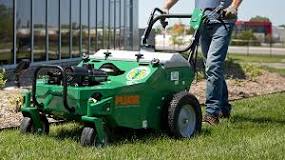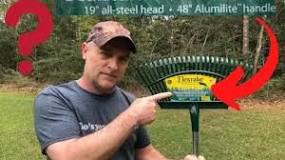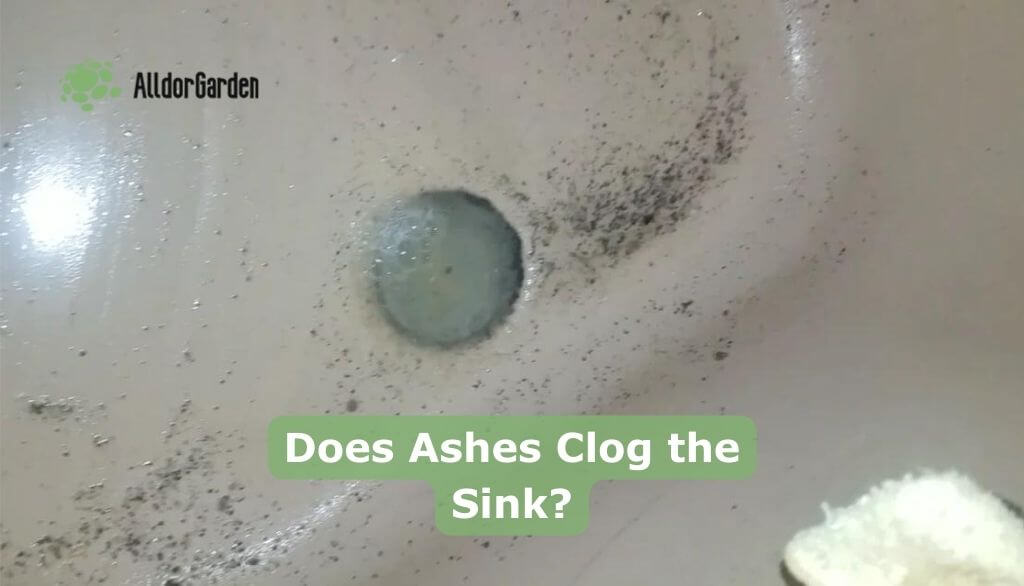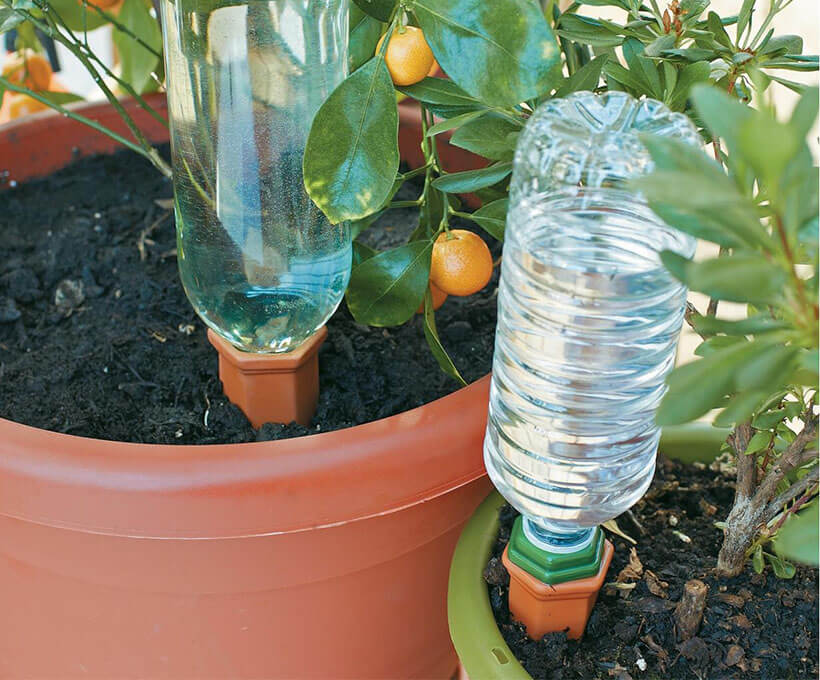When it comes to farming, cultivators are often seen as essential tools. However, the disadvantages of a cultivator can impact crop yield, soil health, and overall efficiency. Let’s dive into some of the downsides that might make you think twice before relying solely on this equipment.
Soil Disruption
One major drawback is that cultivators can disrupt the soil structure. This disruption can lead to:
Compacted Soil
When you till too aggressively, you can compact the soil beneath the surface. This makes it harder for roots to grow and for water to penetrate. Not cool for your plants!
Loss of Nutrients
Frequent cultivation can also lead to nutrient loss. The process can disturb beneficial microorganisms and organic matter in the soil, which are crucial for healthy plant growth.
Increased Weeds
While cultivators are great for preparing seedbeds, they can inadvertently promote weed growth. Here’s how:
Seed Exposure
Tilling brings dormant weed seeds to the surface where they can germinate. You might end up with more weeds than you bargained for, making your job a lot harder down the line.
Weeding Woes
Once those weeds sprout, they compete with your crops for water and nutrients. This means more time spent weeding and less time enjoying your harvest.
Labor and Time Intensive
Using a cultivator isn’t always a walk in the park. Here’s what you should consider:
Manual Labor
Even with machinery, cultivating can require a lot of manual labor, especially if you’re dealing with tough soil or large areas. It’s not exactly the most fun way to spend your day!
Time Consumption
Preparing the soil takes time. If you’re in a hurry to plant, all that tilling can slow you down significantly.
Environmental Concerns
There are also some broader environmental issues tied to using cultivators:
Erosion Risks
Frequent tilling can lead to soil erosion, especially on slopes or in areas with heavy rainfall. That’s bad news for both your crops and the environment.
Carbon Release
Cultivating can release stored carbon from the soil into the atmosphere, contributing to climate change. It’s a bit of a double whammy when you’re trying to be eco-friendly!
Conclusion
In summary, while cultivators have their perks, they come with significant disadvantages that could affect your farming success. From soil disruption and increased weeds to labor intensity and environmental concerns, it’s essential to weigh these factors before diving in.
FAQ
What is a cultivator used for?
A cultivator is primarily used for loosening and aerating soil, preparing seedbeds, and controlling weeds. However, its effectiveness can vary based on how it’s used.
Can I use a cultivator on all types of soil?
Not really! Cultivators work best on loose or sandy soils. Clay or rocky soils might pose challenges and could lead to more damage than good.
How often should I use a cultivator?
It depends on your crop rotation and soil health. Generally, it’s best not to cultivate every season as it can lead to nutrient depletion and other issues.
Are there alternatives to using a cultivator?
Absolutely! No-till farming methods or cover cropping are great alternatives that help maintain soil structure and health without the downsides of frequent tilling.







